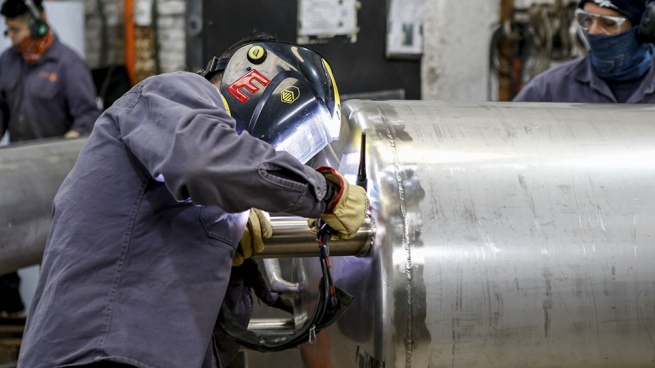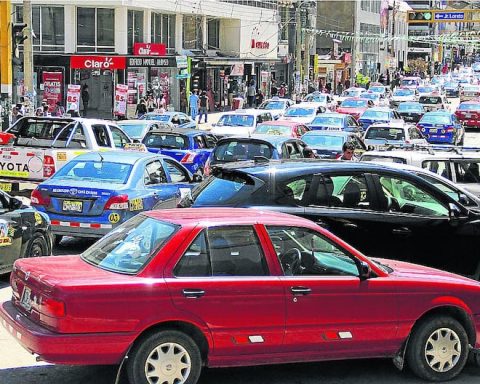the path of increase in registered private employment was maintained in March, with a increase of 20,796 jobs0.3% more than February, and accumulates 15 months of net growthrecorded the Center for Argentine Political Economy (CEPA).
More than a year after the pandemic floor (July 2020), there have been 268 thousand jobsmore than 100% of the total lost since that date, CEPA added in its report.
Although what was lost in the pandemic was recovered, 193,000 jobs would still need to be recovered to reach the employment levels prior to the Cambiemos government crisis, CEPA clarified.
In this sense, he indicated that “even having recovered all the positions in force at the beginning of 2020, the level reached is structurally low given that, prior to the start of the pandemic, private employment was already in a critical situation.”
According to the work, sectoral heterogeneity continues to decline, but remains a specific phenomenon after the impact of the pandemic.
In this sense, he points out that seven dynamic sectors are already above pre-Covid 1 levels9, among which Industry and Real Estate stands out, in which more than 52 thousand additional jobs have been generated.
Latest data from the Argentine Integrated Pension System (SIPA): in March 2022, the growth path was maintained, with an increase of 20,796 jobs (0.3% more than in February 2022). Full report: https://t.co/GjCFPOISak. Main data in this thread?? pic.twitter.com/kgqnQatSHy
— CEPA Center (@ctroCEPA) June 9, 2022
In the case of the Construction sector, whose recovery was one of the fastest, offsetting to a large extent the sensitive initial negative impact of the pandemic, the promotion of public works played an important role in driving activity.
Four other sectors are still in recoveryn: Jobs are created in them from July 2020 onwards, but they do not reach the levels of February 2020 (among them, the most affected continues to be Tourism and hospitality).
Y only three sectors remain in crisiss, by computing fewer workers compared to the floor of the pandemic; and only one returned to show rises in employment in March.
among the provinces, 75% (18 of the 24) already registered more private employment than in February 2020, but regional heterogeneity is still present, although not as marked.
NEA and Center Lead Job Recovery; and CABA, Cuyo and the NOA are the regions that present the most difficulties in recovering the employment levels of February 2020.
However, CEPA clarified, only the province of Mendoza remains at levels notably lower than those registered in the pre-pandemic.
In the CEPA report, it used information published by the National Ministry of Labor, Employment and Social Security linked to the bases of the Argentine Integrated Pension System (SIPA) in its seasonally adjusted series (which allows comparison between non-equivalent months).


















